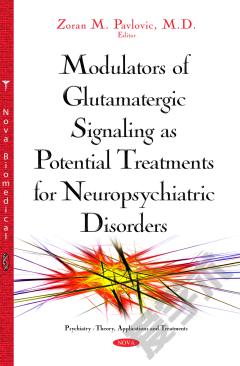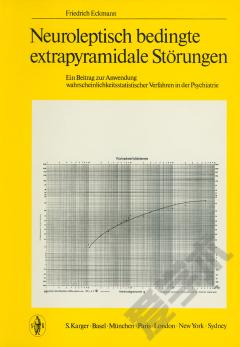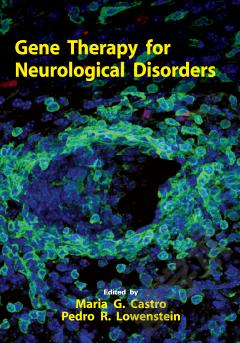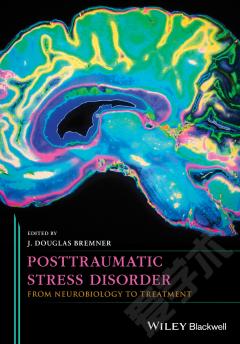Modulators of Glutamatergic Signaling as Potential Treatments of Neuropsychiatric Disorders
Mounting evidence from preclinical and clinical research suggests that the glutamatergic system is highly involved in the pathophysiology of major neuropsychiatric disorders. All of these scientific activities are a necessary first step, which translates into opportunities in terms of development of new and improved treatment strategies. Glutamate-based research over the last couple of decades has provided novel insights into the pathogenesis of both psychiatric disorders such as treatment resistant depression, bipolar disorder, schizophrenia, PTSD, ADHD and neurological disorders including Alzheimer’s dementia, migraine, epilepsy, ALS and neuropathic pain. Recent news developments also indicate glutamate involvement in neurodevelopmental disorders such as autism. In addition to the above, recent discoveries that several novel therapeutic agents like riluzole, memantine, ketamine, topiramate and lamotrigine possess glutamatergic properties as part of their mechanism of action, further boosted the interest of drug development companies and academic research centers to put more effort into investigating novel therapeutically efficacious compounds. Moreover, recent large “real life” clinical studies, such as STAR*D, also looked into disease-associated glutamate genetics and paved the way for the future creation of first individualized pharmacogenetic treatments. The overall purpose of this book is to provide the reader with expert opinions relating to the most up-to-date information on glutamate’s role in pathophysiology of neuropsychiatric disorders and current and future glutamatergic treatment strategies. The authors' hope that this contribution will foster future research activities, which are all ultimately aiming to improve quality of life in patients with chronic, psychiatric and neurological disorders, thus enhancing their contribution to society.
{{comment.content}}








 京公网安备 11010802027623号
京公网安备 11010802027623号